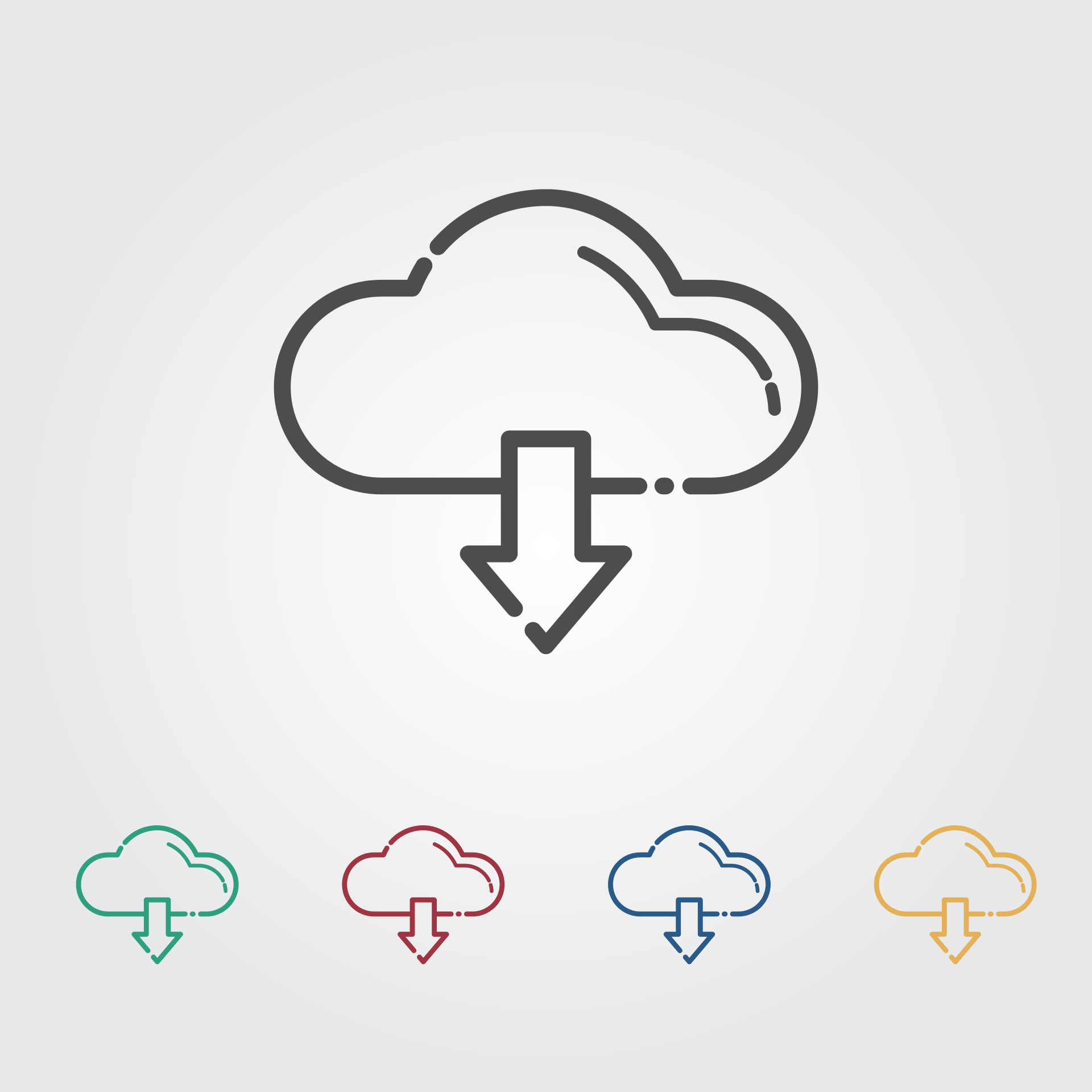
5 Simple Ways to Cut your Cloud Bill in Half
A recent study shows that companies spent $178 billion on cloud services in 2021. It was a 37 percent increase compared to 2020, only $130 billion.
Both figures seem a bit excessive for a cloud optimization project. As a result, organizations are looking for new ways to start saving money on cloud computing. Luckily for you, we have figured out how you cut costs on cloud optimization.
This article proves five ways to help you save more money on your cloud bill. Now, let’s get started, shall we?
1. Take the Time to Monitor Your Cloud
If you want to start reducing your bill, you’re going to have to start monitoring the cloud. It is necessary to do so to ensure costs don’t become sky-high.
Although clouds are highly automated, you will suffer long-term consequences if you do not constantly monitor them. Therefore, creating alerts for monitoring makes the process easy. These alerts are based on policies users decide and notify them of specific events such as:
- Spending that exceeds the budget for the month
- Instance pricing needs to be changed according to usage
- After a period of inactivity for a particular resource
In situations where your organization does not always have someone monitoring the cloud systems, auto scalers are essential. Public cloud vendors generally provide auto scalers, but you can also use a third party. According to the usage analysis, an auto-scaler can recommend a better plan.
2. Remove All Unused Resources
In 2021, companies spent $26.6 billion on unused cloud resources. You will need to find all the unused resources if you are serious about reducing your bill. For example, servers may be created to perform a function, but users forget to delete the instances afterward or remove storage volumes after terminating.
Also, other resources may not be used at all, and you know nothing about them. These situations contribute to your bill no matter how often the resources are being used.
To start lowering your bill, you need to eliminate the waste. Depending on your company’s specific needs, you can automate the process of stopping and starting services. You can configure some programs to prevent or terminate based on their resources.
However, it is still important to regularly check the program’s rules to ensure valuable resources don’t get terminated.
3. Invest in an Al to Save Money in the Long Run
Why spend money when you’re trying to save on cost optimization? Make it make sense! Sometimes it is better to spend money to help you save in the long wrong, and at times, it’s nice to let Al programs help you run things more smoothly.
For example, cloud cost optimization can monitor your systems for resources your company doesn’t use and stop them from becoming a problem on your bill. The program can search your cloud database and provide a spreadsheet on your expense. Once you see it, you’ll be able to identify where you’re spending more than you should.
You also get autoscaling as part of an Al system, so your nodes match your workload requirements. Depending on the algorithm, the nodes will scale up or down according to the workload.
Al can also schedule clusters for you to lower your cloud bill by pausing and resuming on your behalf. The feature is especially useful when teams do not always need clusters to run development/test workloads.
4. Choose Which Apps to Migrate
It is essential to keep in mind that not every app can run on the cloud, and not every app works the same way. For example, cloud migration is not possible for applications that require on-premises storage for compliance reasons.
In real-time applications, latency is also a concern. These applications may not be able to run as fast and reliable using virtual resources. Therefore, it is better to use hybrid infrastructure for specific applications.
You should analyze an application’s components and its use of cloud resources when deciding whether to migrate it to the cloud. After you determine which apps to migrate, smoothly ensure the data flow between cloud and on-premise platforms.
5. Look for Cloud Optimization Discounts
Often cloud companies do not have to pay list prices and can get discounts. List prices are for people who want immediate results and machines that work at lightning speed. A simple way to save money on cloud services is to research discount options and plan ahead.
Through reserved instances, some service providers offer discounts on long-term commitments. For example, It is possible to run background processing using the AWS spot market when prices drop at odd hours.
Furthermore, Google offers permanent discounts that kick in after your machine has been running for a considerable period of time. There are plenty of other providers out there that offer discounts.
You just have to take the time to look for them. If you’re tired of spending too much money on your cloud bill, figure out where you can get a discount.
Use These Five Tips to Start Saving Money on Your Cloud Bill
There will always be a need to store data in the cloud. But, no one wants to spend more than they have to on cloud optimization. These five tips above will drastically lower your cloud bill every month. Also, make sure your users follow best practices on servers by taking the necessary measures.
Did we help you discover ways to lower your bill for cloud services? Then, please come check out the business posts for you to read when you are ready.

















